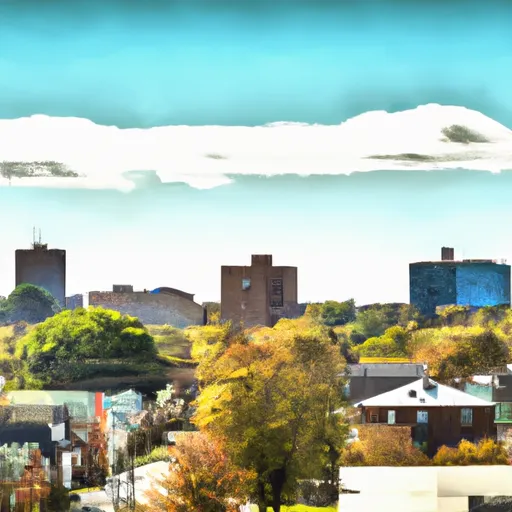-
 Snoflo Premium
Snoflo Premium
Get unlimited access to all our content
With no Ad interruptions! - Start Your Free Trial Login with existing account
Shirley-Center
Eden Index
Climate
9.0
•
Recreation
2.8
•
Community
4.3
•
Safeguard
5.6/10

Shirley Center is a charming village located in Middlesex County, Massachusetts. The region experiences a humid continental climate, characterized by warm summers and cold winters. Summers are generally mild and pleasant, with average temperatures ranging from 70°F to 80°F. Winters, on the other hand, can be quite cold, with average temperatures ranging from 20°F to 40°F. The area receives moderate rainfall throughout the year, with occasional snowfall during the winter months.
Hydrologically, Shirley Center is home to several small ponds and streams, including Catacoonamug Brook and Kettle Brook, which flow through the village and provide scenic beauty. These water bodies offer opportunities for fishing, boating, and other water-based recreation activities.
Outdoor enthusiasts can explore a variety of recreational opportunities in Shirley Center. The town is surrounded by picturesque forests and trails, perfect for hiking, biking, and nature walks. Nearby conservation areas, such as Great Hill Conservation Land and Oxbow National Wildlife Refuge, offer additional opportunities for bird watching, wildlife spotting, and peaceful picnics.
In summary, Shirley Center, Massachusetts, offers a delightful climate, with distinct seasons and ample opportunities for outdoor recreation, including exploring the area's waterways, forests, and trails.
What is the Eden Index?
The Snoflo Eden Index serves as a comprehensive rating system for regions, evaluating their desirability through a holistic assessment of climate health, outdoor recreation opportunities, and natural disaster risk, acknowledging the profound impact of these factors on livability and well-being.
Climate Health Indicator (CHI): 9.0
Shirley-Center receives approximately
1242mm of rain per year,
with humidity levels near 72%
and air temperatures averaging around
9°C.
Shirley-Center has a plant hardyness factor of
6, meaning
plants and agriculture in this region thrive during a short period during spring and early summer. Most
plants will die off during the colder winter months.
By considering the ideal temperature range, reliable water supplies, clean air, and stable seasonal rain or snowpacks, the Climate Health Indicator (CHI) underscores the significance of a healthy climate as the foundation for quality living.
A healthy climate is paramount for ensuring a high quality of life and livability in a region, fostering both physical well-being and environmental harmony. This can be characterized by ideal temperatures, reliable access to water supplies, clean air, and consistent seasonal rain or snowpacks.
Weather Forecast
Streamflow Conditions
Merrimack
Area Rivers
Merrimack
Snowpack Depths
Merrimack
Reservoir Storage Capacity
Merrimack
Groundwater Levels
Recreational Opportunity Index (ROI): 2.8
The Recreational Opportunity Index (ROI) recognizes the value of outdoor recreational options, such as parks, hiking trails, camping sites, and fishing spots, while acknowledging that climate plays a pivotal role in ensuring the comfort and consistency of these experiences.
Access to outdoor recreational opportunities, encompassing activities such as parks, hiking, camping, and fishing, is crucial for overall well-being, and the climate plays a pivotal role in enabling and enhancing these experiences, ensuring that individuals can engage in nature-based activities comfortably and consistently.
Nearby Fishing
Nearby Ski Areas
Catastrophe Safeguard Index (CSI):
The Catastrophe Safeguard Index (CSI) recognizes that natural disaster risk, encompassing floods, fires, hurricanes, and tornadoes, can drastically affect safety and the overall appeal of an area.
The level of natural disaster risk in a region significantly affects safety and the overall livability, with climate change amplifying these risks by potentially increasing the frequency and intensity of events like floods, fires, hurricanes, and tornadoes, thereby posing substantial challenges to community resilience and well-being.
Community Resilience Indicator (CRI): 4.3
The Community Resilience Indicator (CRI) recognizes that education, healthcare, and socioeconomics are crucial to the well-being of a region. The CRI acknowledges the profound impact of these elements on residents' overall quality of life. By evaluating educational resources, healthcare accessibility, and economic inclusivity, the index captures the essential aspects that contribute to a thriving community, fostering resident satisfaction, equity, and social cohesion.

